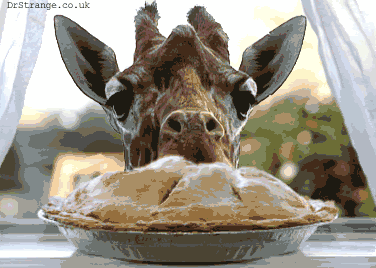Swift Rescue

Taken on 8 December at home in Nellore. The photos are really bad...sorry :(
District administration sounded a high alert along the coast following forecast of the possibility of a low pressure system crossing between Kavali and Bapatla on the evening of 8th December, 2010 and feared the resulting downpour, to the extent of 20 to 40 cms at the time of crossing, would flood the district.
The days that preceded were the coldest from a long time and three farmers succumbed to the cold wave in the district and we had a strange visitor who refused to leave our warm house!
A little Swift! Not the car but a little blue-black bird with huge eyes, a white patch at the throat and at the rump. It was in the hands of some kids playing in the corridor who were trying to get it to fly out into the open. They then planned to leave it on some bush outside. Something told my son and me that it would not last the night out in the cold. Just then it flew in through our main door into our house!
Measured in straight flight, the spine-tailed swift is the fastest bird. It flies 170 km/h (106 mph). They never settle voluntarily on the ground and forage exclusively in flight. They have very short legs which they use only for clinging to vertical surfaces.
They go into torpor in cool weather and we think that is what happened to our little visitor.Due to the cold wave it had entered into a period of sluggish inactivity, suspended physical activity, or dormancy, as seen in a hibernating animal.
We settled it down in a shoe-box for the night and released it with successfully the next morning into bright sunlight.
The storm fizzled out in the Bay and didn't hit Nellore at all!
© Nalini Hebbar/saycheese/2009-all rights reserved
Explore my PoetryBlog : http://nalinihebbar-poetry.blogspot.com

























